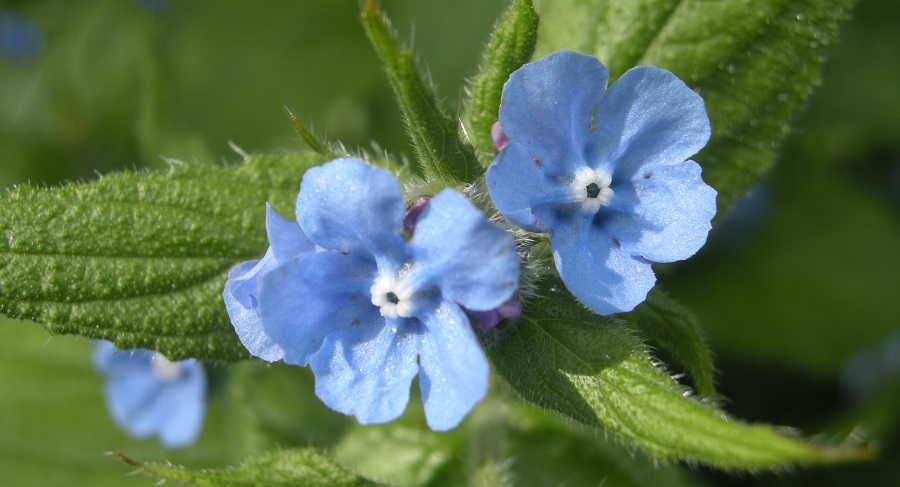Alkanet

Throughout history, alkanet has been widely used as a natural dye for fabrics, cosmetics, and food products. It was commonly employed to dye textiles, such as wool and silk, to achieve shades of red and purple. Additionally, it was used to impart color to lip balms, lipsticks, and other cosmetic products. However, the use of alkanet in food has been largely replaced by synthetic food colorants due to safety concerns and regulations.
Apart from its dyeing properties, alkanet has also been utilized in traditional medicine and herbal remedies for various purposes, such as treating skin conditions and promoting wound healing. It has been recognized for its potential anti-inflammatory and antioxidant properties.
As with any herbal product, it’s essential to exercise caution when using alkanet for any purpose, as some people may be sensitive or allergic to its components. It’s advisable to consult with a knowledgeable herbalist or healthcare professional before using alkanet for medicinal purposes. Additionally, due to the use of synthetic dyes in the modern textile and cosmetic industries, the use of alkanet as a natural dye has become less common.



Leave a Reply